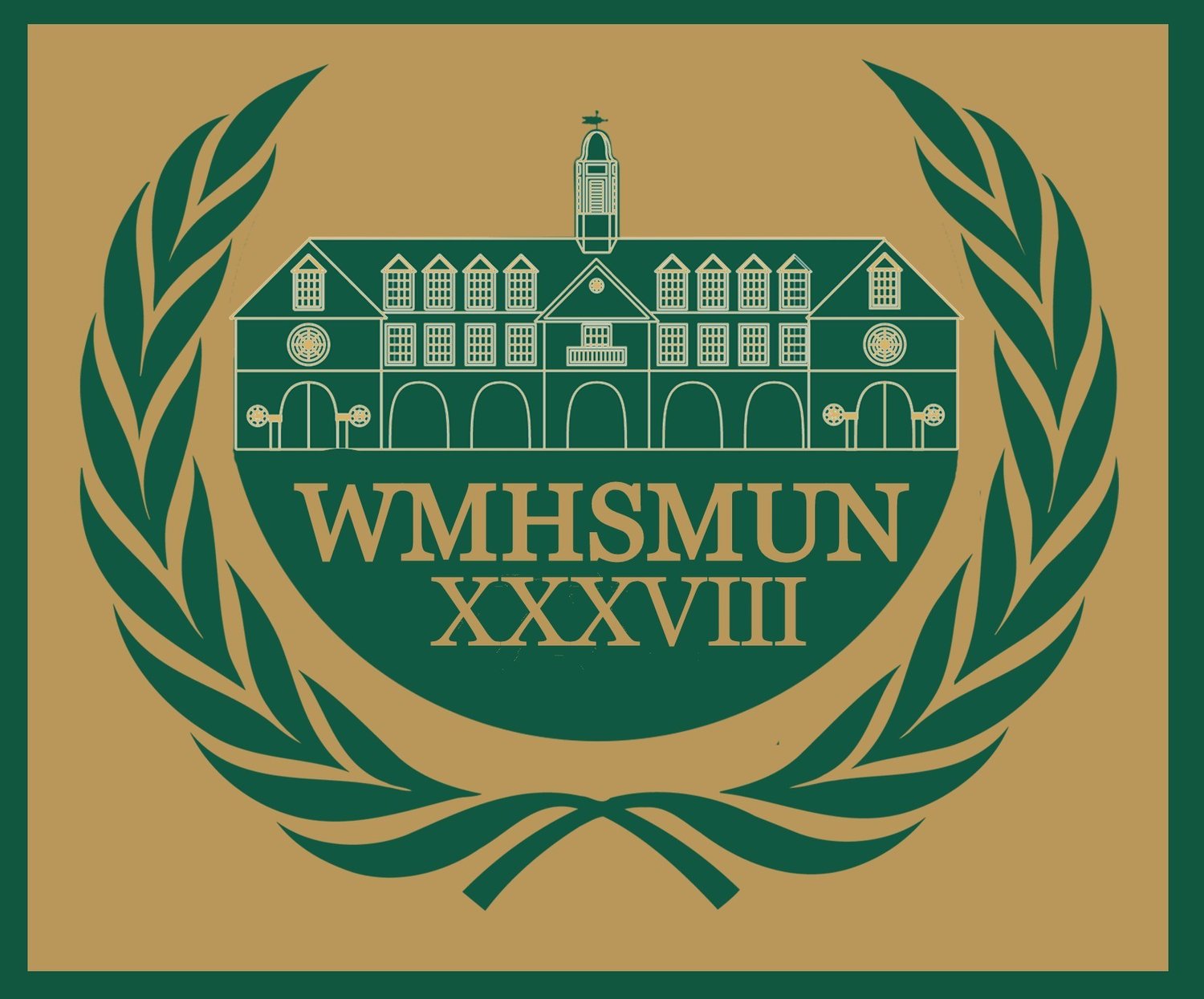Chill Out: Arctic Council
Formed in 1996, the Arctic Council was created to promote cooperation, inclusion, and cohesion within the Arctic region. Comprised of eight states, six indigenous councils, and a plethora of observers, the Arctic Council serves as a forum for economic and environmental cooperation. Delegates are entrusted with protecting the various interests of indigenous peoples, states, and environmental agencies.
Topic 1 - Land/Sea Rights and Resource Extraction
The Arctic Circle has recently become an area of territorial competition for access to the seas and the seafloor among nations that border the Arctic and even those that do not. The untapped fishing and oil resources that continue to be uncovered as the ice caps melt remain disputed by the US, Canada, Russia, and the Nordic countries. The committee will have to reconcile the multiple competing interests for territory and resources while acknowledging the wants of states and the rights of the indigenous communities of the Arctic.
Topic 2 - Indigenous Rights and Conservation Efforts
Indigenous communities have inhabited the Arctic Circle for generations and centuries. Many extractive industries make the Arctic Circle their playground, often without regard for those indigenous communities. This committee will also endeavor to assert and protect the rights of the indigenous Arctic peoples and preserve the natural resources and spaces in which they live.
Committee Procedures
This committee will be run following Regional Assembly Parliamentary Procedure. Debate will be primarily organized using moderated caucuses, unmoderated caucuses, and speaker’s list. Unlike a General Assembly, delegates should not expect to set an order of topics through voting in Committee Session I—all topics are up for debate. Throughout the weekend, delegates are expected to work together on working papers, which will eventually be merged into draft resolutions.
Director: Carter Danto


